-

-
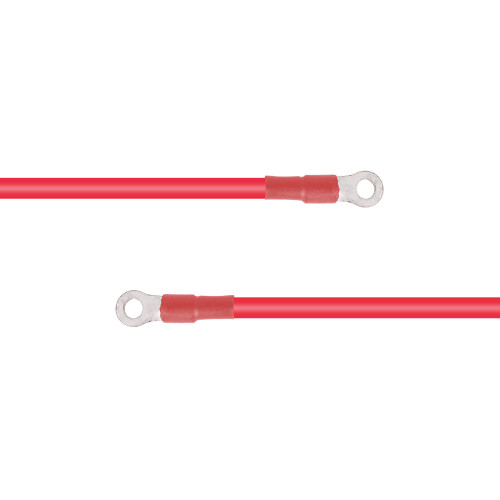
-
save$2.00
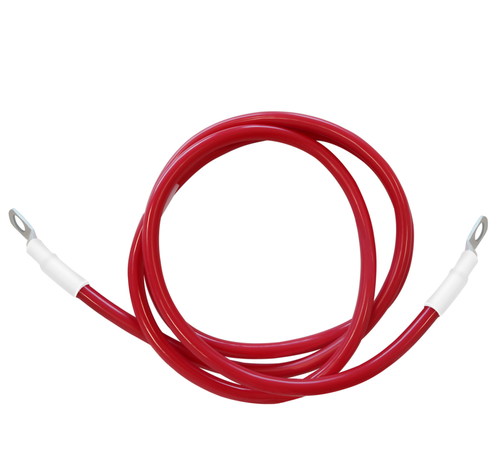
-

 It is sold out or inapplicable.
It is sold out or inapplicable.Accessories and Cables Kit for 100/200/400 W module
$55.99 - $119.99 -
save$0.00
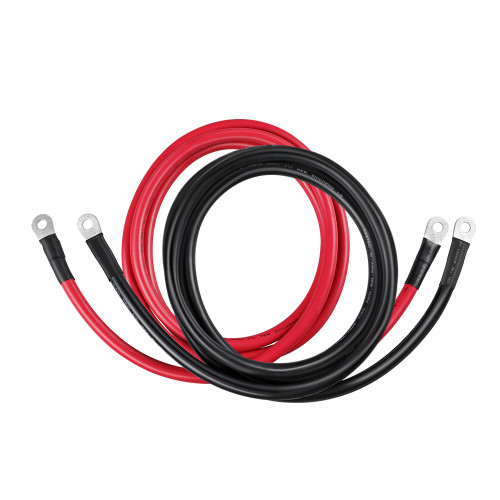
-
save$0.00
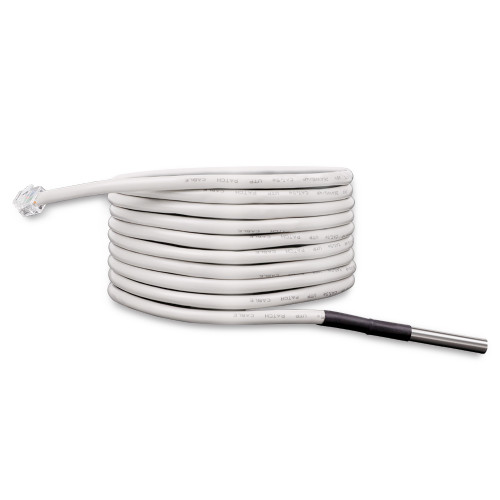
-
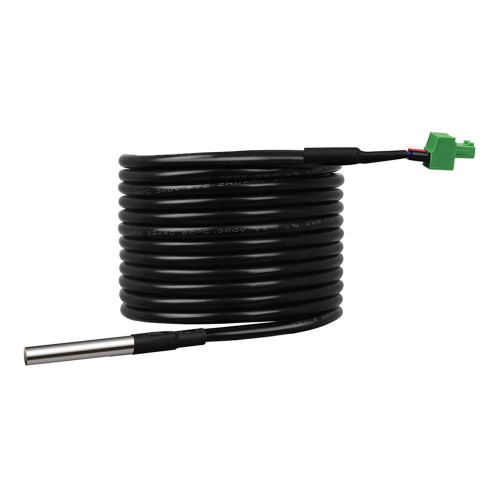
-

-

-

-
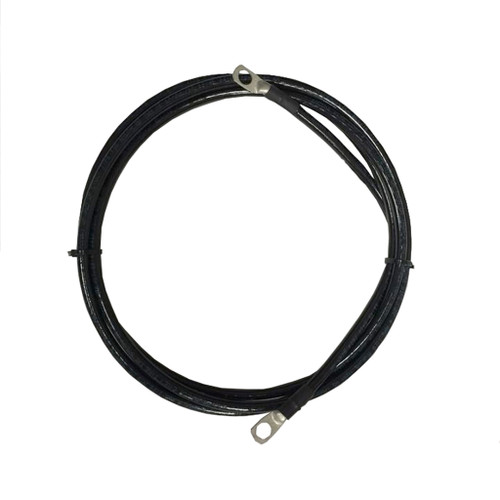
-

 It is sold out or inapplicable.
It is sold out or inapplicable.
-
What type of wire should I purchase?
Selecting the right sized wire is crucial to making sure your solar installation operates properly. If you select wire that is too small, your battery bank may not charge fully or your system may not run well. Wires used in solar installations are rated based on their amps. The higher the amps of your system, the thicker your wire has to be. If your system produces 7 amps, you need 7 amp wire. It’s actually better to go a little higher just to make sure the wires can handle all the current. If your wire is rated at less amps than your system produces, your wire will most likely heat up and could even catch fire or cause damage to your solar system.
-
Should I wire my solar panels in series, parallel, or series-parallel?
When deciding how to wire your solar panels, there are a few factors to consider. When wiring solar panels in parallel, the amperage is additive, but the voltage remains the same. When wiring solar panels in a series, the voltage is additive, but the amperage remains the same.
Parallel connections are mostly utilized in smaller, more basic systems, and usually with PWM Controllers. A benefit of wiring in parallel is that if one solar panel experiences a failure, the other solar panels will continue to produce power. The downside to parallel systems is that high amperage is difficult to travel long distances without using very thick wires.
Series connections are mostly utilized in smaller systems with a MPPT Controller. MPPT Controllers are able to accept a higher voltage input, and they will still be able to charge your batteries. Renogy MPPT controllers can accept 100 volts input. The benefit of series is that it is easy to transfer over long distances. Series connections also yield less voltage drops during a charge cycle, which typically creates the most efficient solar panel charge time.
Sometimes in larger systems we have to get creative to stay within certain amperages and voltages accepted by charge controllers while still producing enough energy. That’s when series-parallel connections are used. For this connection, a string is created by 2 or more panels in series. Then, an equal string needs to be created and paralleled. Refer to our guide for more info on wiring your solar installation.








